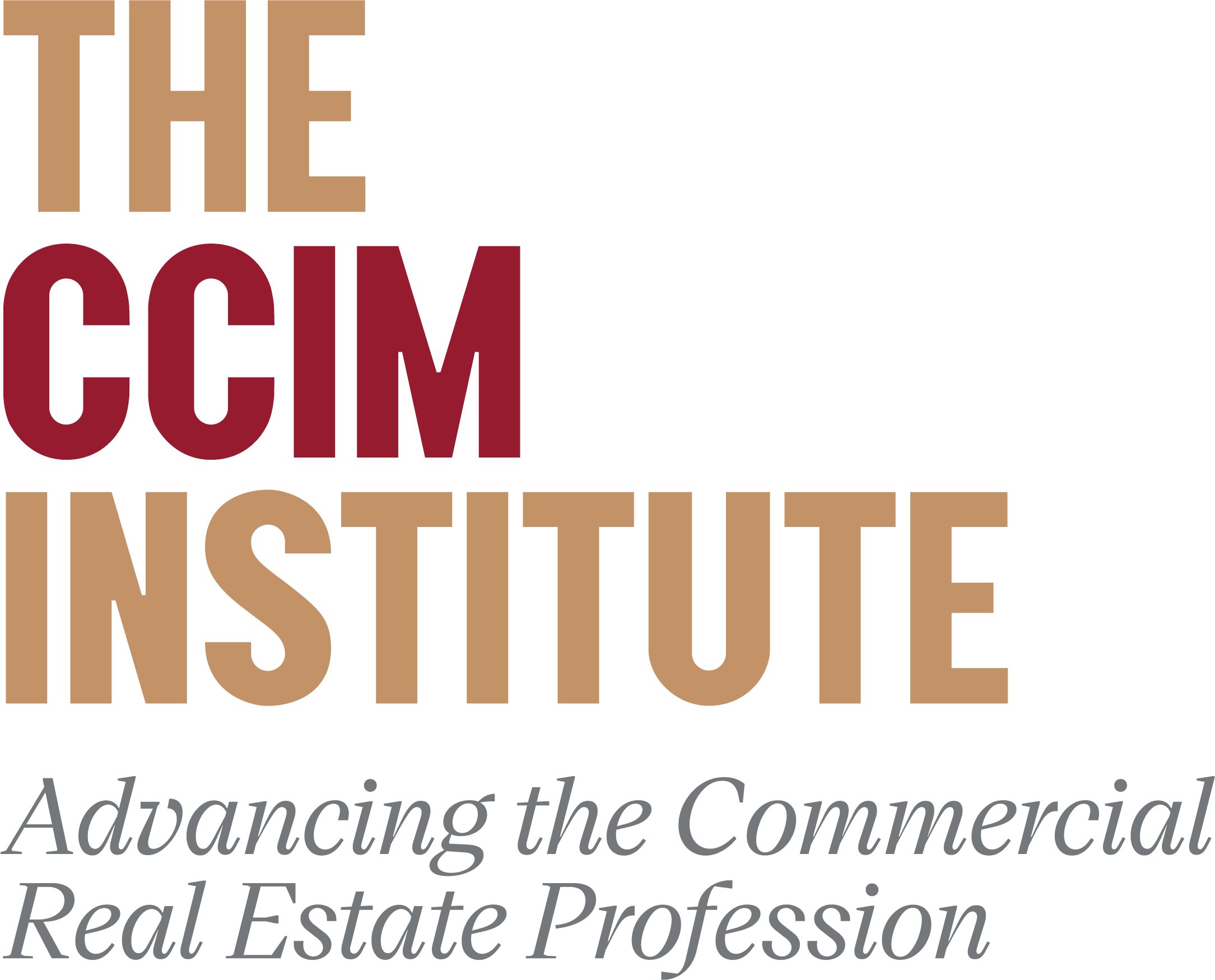Right Place, Right Time: Determining An Asset's Worth In A Down Market

When calculating the value of an asset, investors instinctively rely on traditional methods of valuation that have served as dependable predictors in a stable market. The coronavirus pandemic, however, has reminded commercial real estate practitioners that people may respond in various ways in uncertain times, which impacts valuation.
Take New York City as an example. Although both the Manhattan and Brooklyn rental markets have taken a hit due to the pandemic, with many people taking their work home and fleeing to surrounding areas, the Brooklyn rental market fared slightly better due to people searching for more space at a lower cost.
At face value, it may seem more worthwhile to invest in Brooklyn over Manhattan. However, according to Mark Polon, president of Polon Consulting, a CCIM Institute instructor and a 30-year veteran of commercial real estate, while Manhattan and Brooklyn are located in the same region, their properties cannot and should not be compared to one another in the same way during a down period.
“We have to be very specific in terms of how we value an asset in Brooklyn versus downtown Manhattan as the dynamics vary when you look at what’s going to impact each of those areas moving into the future,” Polon said. “These dynamics include who is going to live and work there, who the tenants are, and how strong these tenants are financially during the down times.”
Polon said that prior to the pandemic, when the market was less volatile, CRE professionals could use nationwide and regional trends to predict how assets would perform half a decade down the line. Today, however, people have relocated and priorities have shifted. These changes have led to a need to focus more on local data and taking a predictive analysis approach to determine asset valuation, which involves using a mix of historical data, metrics about patterns of behaviors and current trends.
Polon said CRE professionals must pay attention to the demographic data of tenants as well as their individual circumstances and how they make money. These demographics may include race, gender, income and marital status, along with psychographic data focused on people’s everyday lives and where their money is being allocated.
“For now, investors have to focus on who’s going to pay the rent, and if things go poorly or stay poorly, how long will tenants be able to keep the payments going?” Polon said.
Polon said that investors need to be mindful of all associated risks when choosing tenants who will be able to meet these rent obligations. In addition to keeping tabs on demographics and psychographics, CRE professionals should be looking at the mix of people moving in and out of an area and assess those changes over time to see if the mix still works for the community.
“It’s about paying more attention to the population shifts than to the leases in place,” Polon said.
In his CCIM Institute course, titled “Creating Reliable Valuations,” Polon takes a deep dive into assessing the marketplace through a future-oriented approach using information provided in real time and focusing on analytics that help investors understand the real estate cycle and how it relates to risk.
Polon predicts that while investors may go back to the original valuation methodologies once the market stabilizes, the emphasis on incorporating demographic and psychographic data as indicators of asset performance will likely remain.
“The three traditional valuation methodologies will be able to deliver the right kind of information,” Polon said. “It's just in these moments of turmoil — where all of that disappears — investors need to dig deeper.”
Polon said that while the pandemic shook up the commercial real estate industry, Covid-19 is no different from previous recessions in the context of valuation. He said that in both cases, looking at how an asset performed in recent years is not indicative of its worth moving forward.
“If you think of the real estate cycle as a repeating bell curve, then comparable sales methods looking back can be useful if it’s heading up or going down,” Polon said. “But if you’re in a period where the market just went over the top and is on its way down, or it just hit bottom and it’s on the way up, nothing that you look back on in the recent past is really going to help you understand how to value your asset.”
Polon said that if investors have assets they can hold onto in down periods and that provide consistent income from tenants, they should be able to weather the instability. He adds that despite these periods, the CRE market will eventually return to normal.
“Real estate is not something that’s going to flip up and down every other day,” Polon said. “Real estate tends to stay pretty solid over time.”
This article was produced in collaboration between CCIM Institute and Studio B. Bisnow news staff was not involved in the production of this content.
Studio B is Bisnow’s in-house content and design studio. To learn more about how Studio B can help your team, reach out to studio@bisnow.com.

